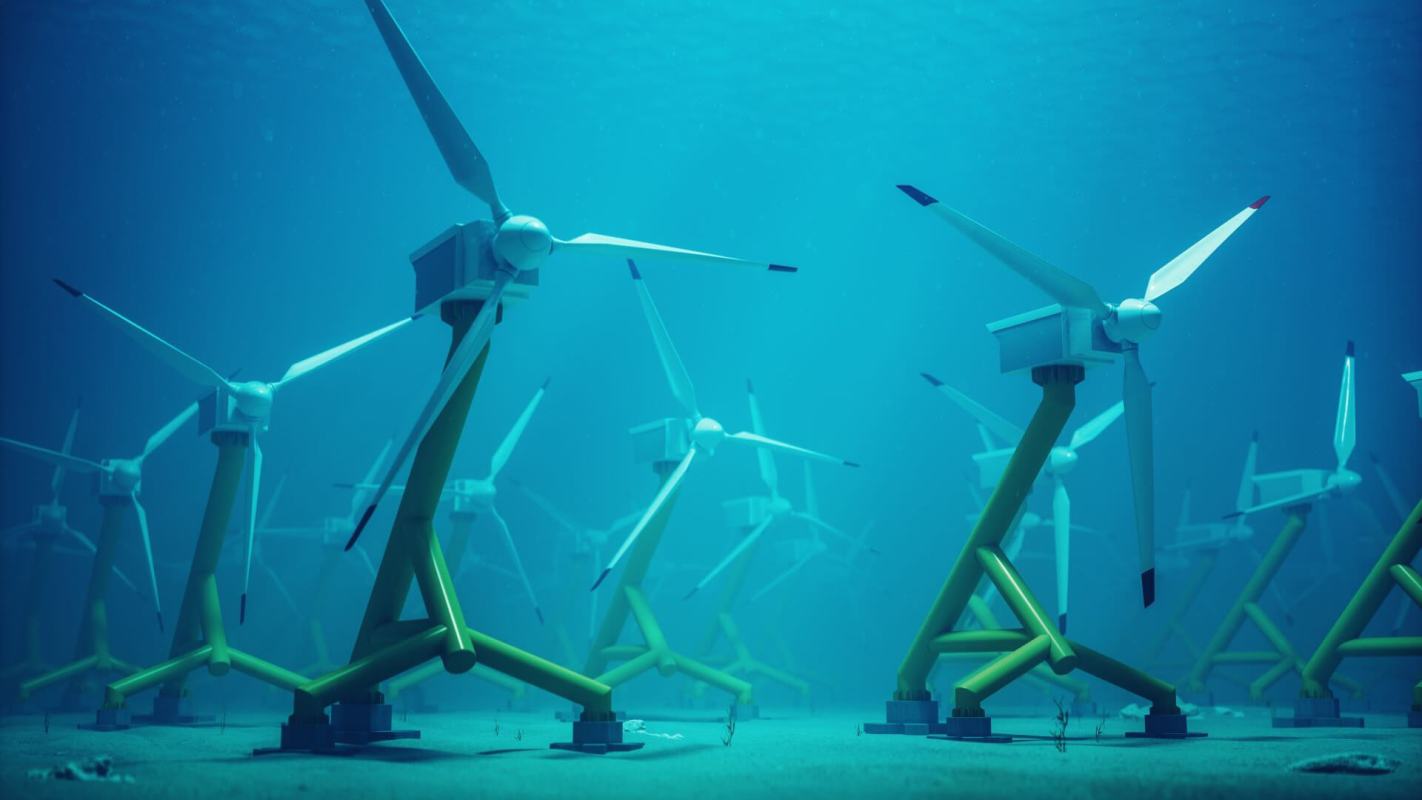The ocean is Earth's most important natural asset, covering 72% of our planet's surface. As we find more ways to produce cleaner energy, new technologies are harnessing the movement of the ocean itself — using "tidal energy" to produce electricity.
Tidal energy has the potential to be a continuous source of clean power. The technology is still in its early stages, but that could change soon.
How does tidal energy work?
In areas that have a large range between low and high tides, engineers use special generators in tidal streams to convert fast-flowing water into energy. They use turbines to extract energy from the flow of water, similar to how wind turbines harness the fluidity of air.
With tidal streams, generators fare better in shallow waters because the ebb and flow of the tides are faster and more intense.
Turbines can also generate energy from barrages, which are similar to hydroelectric dams. To extract energy, engineers open the barrage gates while the tide is rising, then close them when the ocean hits high tide. This creates an artificial pool where engineers can control the flow of water through turbines.
Tidal lagoons are extremely similar to barrages and can also be used to create tidal energy. These are bodies of ocean water surrounded by either natural or manmade barriers. They have underwater turbines that create energy as the lagoon fills and empties.
What are the advantages of tidal energy?
Tidal energy is a clean, renewable source of energy, but its impact depends on the method.
For example, tidal lagoons have a very low impact because they can use natural barriers to create the pools from which they extract energy. Natural tidal lagoons are also less disruptive to the environment because fish can swim around the barriers while smaller organisms can just go through them.
In this way, tidal lagoons can even act as a sanctuary for smaller fish species because large predators like sharks can't reach them once they're inside.
Barrages, on the other hand, can have a significant impact because they disrupt the natural tidal range and change water levels in their lagoons. This can disturb the natural habitat and behavioral patterns of nearby plants and animals. What's more, fish can get caught inside the lagoon, which affects food sources for birds.
What is the future of tidal energy?
At the moment, tidal power plants are rare and costly to build. France built the first commercial-size plant on the Rance River, while South Korea now has the world's biggest tidal plant.
The United States currently does not have the most optimal environment for tidal power, and investment up to this point has been low. But earlier this year, the government announced a $35 million investment in tidal energy research — by far its biggest commitment ever.
As CNBC reported, Alejandro Moreno, the Department of Energy's acting assistant secretary for Energy Efficiency and Renewable Energy, said that oceans and rivers represented "a huge potential source of renewable energy."
Follow The Cool Down on Instagram and subscribe to our newsletter.








